Introduction
1995 was a great year for indie movies. Like a breath of fresh air, Noah Baumbach’s Kicking and Screaming, Hal Hartley’s Flirt, and Gregg Araki’s The Doom Generation were all released to theaters within months of each other.
Surprisingly, all of these films had one thing in common: they each featured a young actress named Parker Posey in a supporting role.
But there was another indie movie released in 1995 that helped Parker Posey become the star she is today: Party Girl.
As Party Girl celebrates its 30th anniversary this year, now is the perfect time to enjoy this wonderful indie film.
The Story
(Warning: spoilers ahead)
At the beginning of Party Girl, twenty-something Mary (Parker Posey) is throwing a fabulous party in order to come up with the money to pay her rent. As the party is in full swing, a house music version of Randy Newman’s classic, “Mama Told Me Not To Come” blares throughout the crowded rooms full of revelers.
When the police arrive and arrest Mary for holding an unauthorized event, she’s thrown in jail and must use her one phone call to contact her godmother, Judy Lindendorf (Sasha Von Scherler) to plead for help and make bail.
Judy is not only Mary's librarian godmother, she was also Mary's deceased mother's best friend, so Judy has an obligation to look after Mary as best she can. God help her.
You see, Mary lives to have fun. And even though she has little money, that doesn’t stop Mary from acting like she’s rich, especially when it comes to parties and clothes. And, like many young people post-college, Mary has no direction and no future career.
Judy reluctantly offers Mary a job as a clerk at the public library where Judy works. Of course, Mary initially scoffs at the idea. After all, who wants to work at a library? But, being broke, Mary finally accepts the offer.
The result is a hilarious screwball comedy that has a lot of fun showing the havoc free-spirted Mary causes as she shows up late for work at the library every morning (one can’t expect Mary to give up her nightlife just for a job, right?), ignores the library’s rules, behaves irresponsibly, and struggles to learn the Dewey Decimal System.
And yes, throughout the movie, Mary accidentally mis-shelves a lot of library books which only causes more chaos, confusion and laughter.
The film also has a lot of fun as it shows Mary’s obsession with fashion and her overly active social life. Every night, Mary bops in and out of New York City’s trendiest clubs, throws her own wild parties, and, of course, lives beyond her means.
Caught up in the whirl of Mary’s out of control party life are her eclectic group of friends, especially her roommate Leo (Guillermo Díaz), an aspiring DJ, and her fashion-obsessed gay friend, Derrick (Anthony DeSando).
Helping Mary come back to reality is the handsome, young Lebanese immigrant Mary meets named Mustafa (Omar Townsend).
Although he’s quite intelligent, Mustafa must operate a falafel street cart because he doesn’t have the English language skills or certification to work as a teacher. That was his profession back in Lebanon. Mustafa’s life is made all the more difficult when a new trendy falafel cart opens across the street from his usual spot.
Naturally, Mary becomes infatuated with Mustafa and he with her. Little does Mustafa know the chaos and turmoil Mary is about to bring into his life.
Mustafa’s struggles are in contrast to the care-free life Mary tries to lead. As a positive influence in her life, Mustafa helps Mary realize there’s more to life than being a modern reincarnation of Audrey Hepburn’s Holly Golightly from the classic movie, Breakfast at Tiffany’s.
Thanks to Mustafa’s influence, Mary eventually begins to realize the important role libraries play in our society. She begins to take her job seriously and finally masters The Dewey Decimal System.
Even so, after Mary makes one mistake too many, she gets fired by Judy.
Yet, it’s after losing her job that Mary realizes that library science is her true calling in life. By the end of the film, Mary has found a way to reconcile with Judy and she gets her job back. Of course, it’s only fitting that all of this happens at Mary’s birthday 25th party.
How The Film Was Made and Distributed
Daisy Von Scherler Mayer and Harry Birckmayer first met in the film program at Wesleyan University in the 1980s. After graduation, they both moved to New York City and became writing partners. Soon, Sheila Gaffney also joined the writing team. Their goal was to write a script that Daisy could direct for an indie movie.
Interestingly, Party Girl was originally called Party Boy.
The early drafts of the script were about a young club kid who was an alcoholic. Throughout the story, the club kid blacks out and wakes up in different parts of New York City, not knowing how he got there. But, after many revisions, Party Boy became Party Girl, and the script changed from a drama into a screwball-like comedy.
It took over five years to raise the film’s $150,000.00 budget. Potential funders didn’t think Mary and her godmother, Judy, were likeable characters. Some funders also thought the film was “too New York oriented” and should be set in Chicago instead.
But eventually the filmmakers raised enough money to cover the budget and the film got made.
However, since the movie was shot on 16mm film, it needed to be blown up to 35mm in order to qualify for the major independent film festivals like Sundance.
The filmmakers screened their 16mm print of the film for the heads of major studios but none of them were interested. Even a smaller studio like Miramax didn’t like it.
Thankfully, a small upstart company called First Look Pictures loved the film. They acquired all of the rights to Party Girl and paid to have the 16mm print blown up to 35mm.
Party Girl premiered at the 1995 Sundance Film festival and opened in theaters that spring. Unfortunately, the film didn’t get many good reviews.
The New York Times called it a silly urban comedy. Roger Ebert only gave it two stars and Gene Siskel said it was a bore. Worst yet, Variety’s Todd McCarthy said “Party Girl aspires to be cinematic champagne but comes out tasting like sparkling cider.”
Sadly, the film wasn’t a big hit at the box office either.
Even so, Party Girl became the first feature-length film to stream on the internet.
This happened on June 3rd, 1995. The web company Point of Presence hosted the film on their website. Parker Posey even appeared live online to welcome fans and introduce the movie.
Not long afterwards, Party Girl was released on dvd. Unfortunately, its distributor, First Look Pictures, went out of business around that time too.
Then, in an odd twist, Fox acquired the rights to create a Party Girl spin-off television series.
The show starred Christine Taylor as Mary; Swoosie Kurtz as Judy; and John Cameron Mitchell (who would later create the musical, Hedwig and The Angry Inch) as Derrick. However, not too many people watched the sitcom, so it was cancelled before the end of its first season.
And, after a while, the original Party Girl movie became more-or-less forgotten.
In the meantime, Parker Posey’s career continued to take off. The rising actress appeared in many 90’s indie films we now regard as classics: The Day Trippers; Waiting for Guffman; The House of Yes; Clockwatchers; Personal Velocity; and Best in Show. She was even in Scream 3.
More recently, Posey has appeared in the films Beau is Afraid and the indie hit, Thelma. And currently, she’s winning accolades for her performance as Victoria Ratcliff in season 3 of The White Lotus on Max.
While this was happening, teenagers discovered Party Girl on home video (which back then meant vhs tapes and dvd) and on cable t.v.
For many of these young fans, especially those who are lgbt, the film exposed them to a world outside of their life in small towns or in the suburbs. Word spread and Party Girl eventually became a cult movie that appealed to people of all ages.
Then, last year, the film was restored and brought back to theaters.
Surprisingly, many of the same critics who didn’t like Party Girl when it was first released now loved it.
In addition, Fun City Editions released Party Girl in a beautiful limited edition blu-ray stacked with bonus features. Suddenly, the little cult movie from 1995 was everywhere.
Re-evaluating The Film In 2025
So, what makes Party Girl worth watching today?
First, this movie is just plain fun. Party Girl combines humor, style, and music to create an entertaining screwball-like comedy set in a version of New York City that no longer exists today.
The film perfectly captures the unique club culture (especially the music and fashion) that permeated 1990’s New York at the time the film was made in the mid-1990s.
Next, Parker Posey is perfectly cast as Mary. She effortlessly embodies the free-spirited, fashion driven, twenty-something girl who spends her life in search of fun. Exuding charm and wit, Posey makes Mary into an iconic character.
Yet, Posey also isn’t afraid to show Mary’s dark side as well, whether it’s stealing expensive fashionable clothes from another woman’s closet at a party or never taking responsibility for her actions.
And even though Mary may do terrible things and doesn’t always treat people as best she could, Parker Posey never loses the viewer’s loyalty.
This is because of the way Posey uses deadpan humor to offset any misdeeds she may do or say. Posey is also able to use her acting ability to give Mary a sense of vulnerability that makes viewers love her too.
As the film progresses, Posey also reveals layers to Mary we didn’t know existed.
We see Mary change and begin to take her job at the library seriously, along with her relationships with the other people in her life. By the end of the film, we realize that Mary has actually evolved into a mature young woman.
The supporting cast also give great performances too, especially director Daisy von Scherler Mayer’s mother, Sasha, who plays Mary’s godmother, Judy.
Sasha von Scherler gives a larger than life comedic performance that’s perfect for the film.
With her booming voice and exasperated facial expressions, Sasha von Scherler makes Judy into an unforgettable character who only wants the best for her god-daughter but can’t understand the way Mary constantly misbehaves. Yet, as viewers, we never doubt the love Judy has for her god-daughter, even as Mary tests her patience throughout the film.
Also quite good in the film are Anthony DeSanto as Mary’s gay friend, Derrick; Guillermo Diez as Mary’s dj buddy, Leo; and Liev Schreiber as Nigel.
But it’s really Omar Townsend as the Lebanese immigrant, Mustafa, who steals the show.
Townsend was discovered by co-writer Harry Birckmayer who was teaching ESL classes at the time. A native of Lebanon, Townsend was actually one of Birckmayer’s students. He had never acted before making Party Girl and he has never acted again since the movie was completed. In fact, nobody seems to know what exactly happened to him or where he is now.
It’s hard to imagine anyone other than Omar Townsend playing Mustafa in the film.
As a few critics have noted, Townsend has a Horst Buchholz-like look and voice to him. He’s both charming and perplexed by both Mary and America in the film. He has great on-screen chemistry with Parker Posey too.
Another reason why Party Girl is such a great indie film is the combination of it’s sense of style with its heart-warming script.
The film is often cited for its look - particularly the colorful, stylish costumes worn by Parker Posey as Mary and the trendy members of New York’s club scene who populate the film.
In addition, by filming in real locations (including clubs) throughout New York City in 1994, the movie provides a unique opportunity for viewers to vicariously experience pre-9/11 New York City and its trendy club scene at the time.
At the same time, the Party Girl’s screenplay, while quite funny, also has a lot of heart to it.
We never doubt Judy’s love for her god-daughter, Mary, which is expressed in many different ways throughout the film. Even when Judy is totally exasperated with Mary, her love for her god-daughter still shines through the insults and put-downs.
Also, the screenwriters do a great job of showing that underneath Mary’s cool, hip exterior is someone who cares about others and who tries to help those around her, including Leo and Mustafa.
And, Mary’s journey from a care-free party girl to a dependable and serious librarian is a wonderful character arc that the screenwriters develop in interesting ways throughout the script, especially through the film’s off-beat sense of humor.
Finally, Party Girl is also worth seeing for the way music is used in the film.
The house/dance music score featured in Party Girl was composed by Bill Coleman and Tomandandy (Tom Hajdu and Andy Milburn). Tomandandy were known for their electronic and experimental scores, which added a stylish and modern edge to the film's sound design.
Bill Coleman was a key figure in the 1990’s New York’s club scene and had deep ties to dance and house music.
Coleman not only helped compose the instrumental score for Party Girl, he also chose the songs featured throughout the film. He wanted to make sure the soundtrack reflected the underground club culture of New York City at the time.
The soundtrack features tracks by an eclectic group of artists including Chanelle, Dawn Press, Dee-lite, Mr. Fingers, Nation of Abel, Run D.M.C., The Tom Tom Club, Ultra Naté, and The Wolfgang Press.
Coleman also made sure the house-dance music used in Party Girl not only set a mood but also became an essential part of the story’s energy, culture, and character development.
The result is a score full of diverse house-dance tracks that still sound as fresh today as they did when the film was made in 1995.
In Conclusion…
Party Girl is a great indie film that’s also a lot of fun. First released in 1995, the film features a star-making performance by Parker Posey. It also perfectly captures pre-9/11 New York City and its diverse club-culture scene in the mid 1990’s. Fans of Parker Posey and American indie films won’t be disappointed.
(Party Girl is currently streaming on Amazon Prime and Tubi. The remastered blu-ray is also available through Fun City Editions).







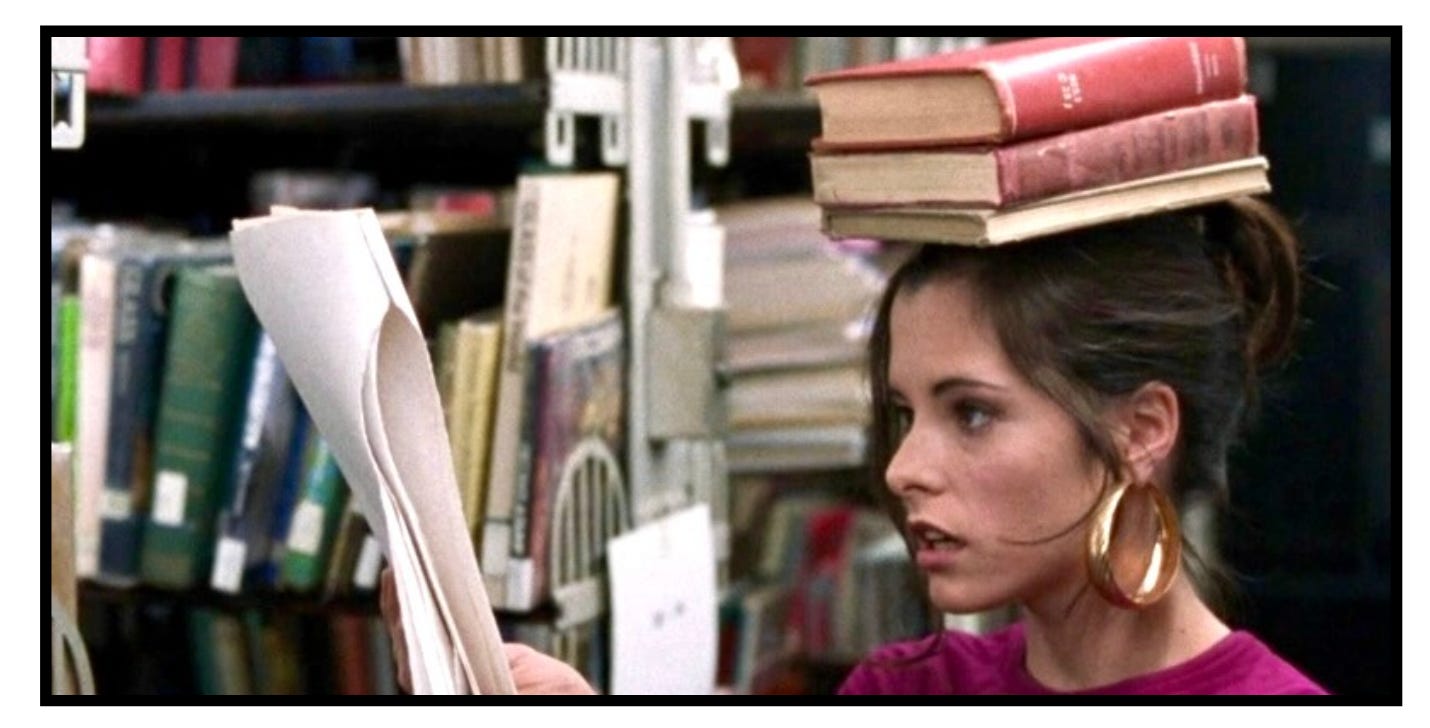


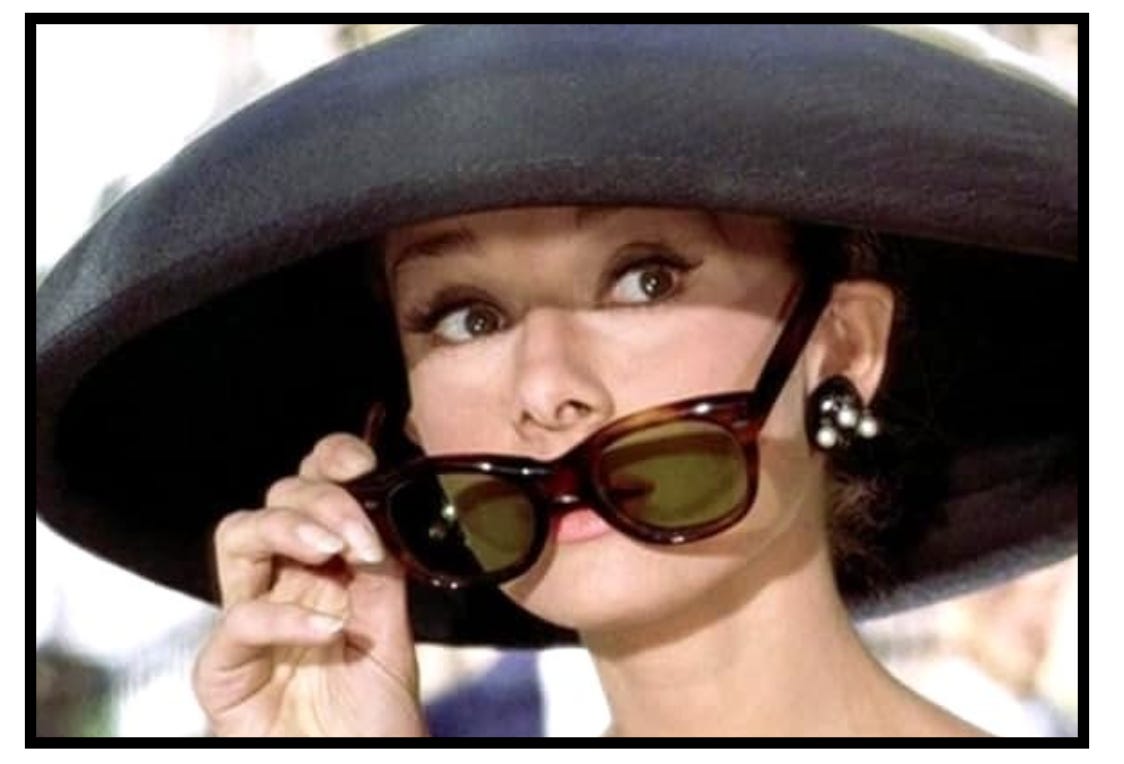




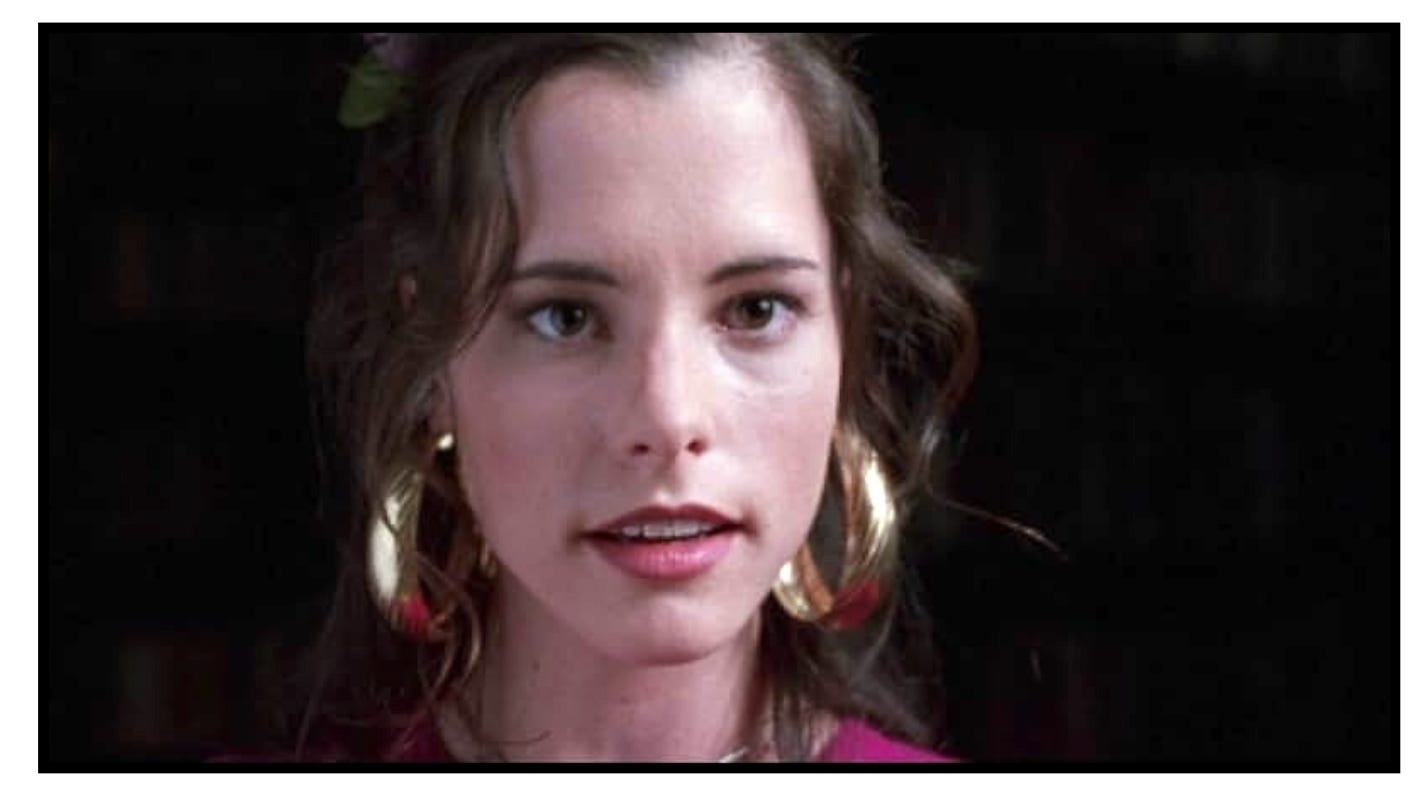




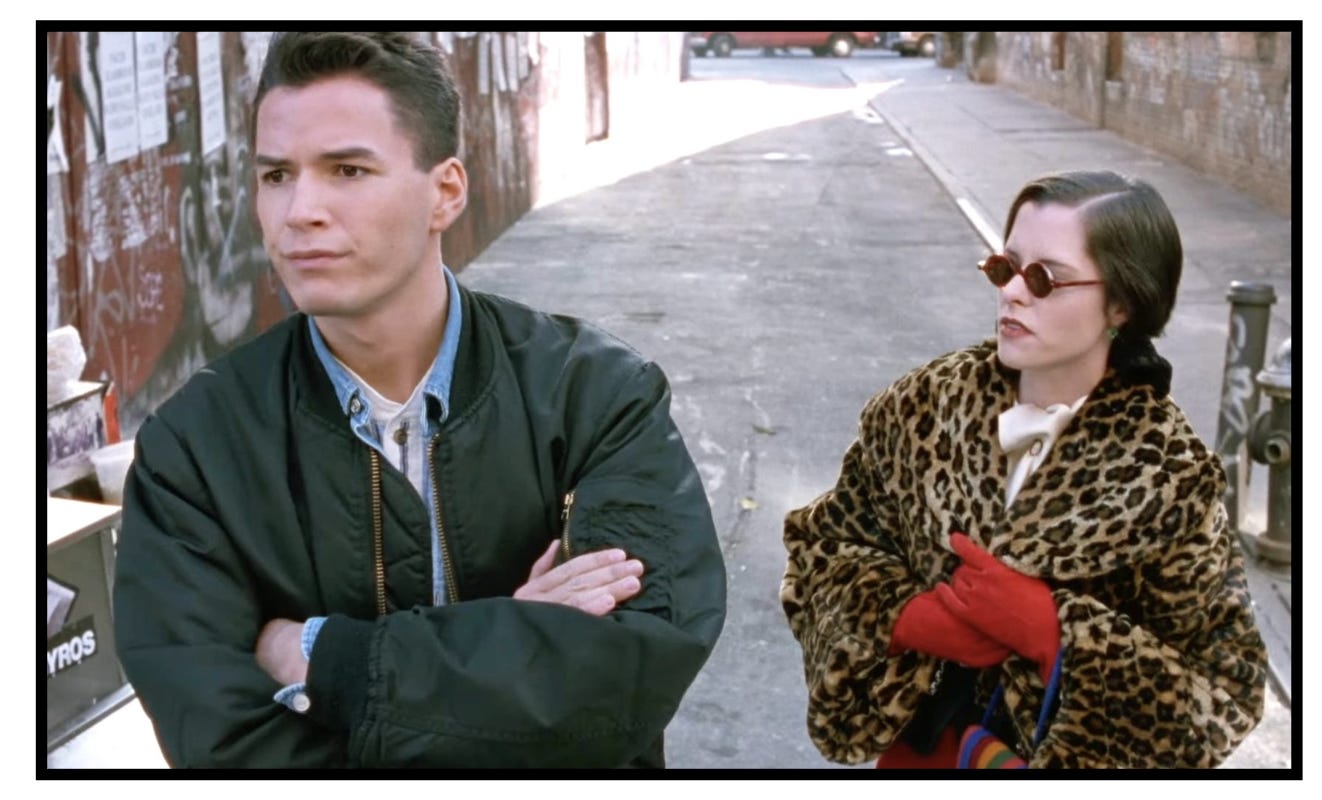


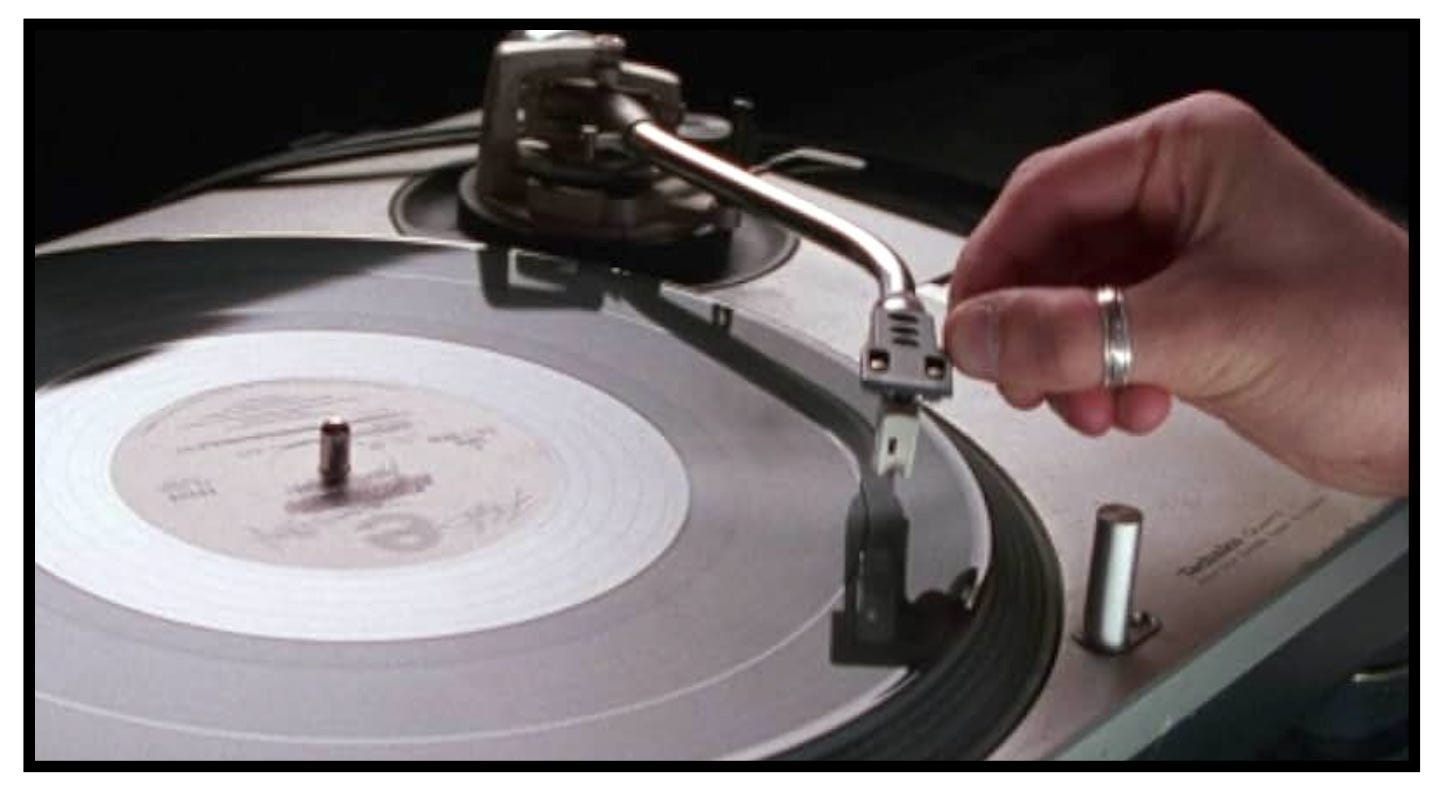

This was incredible, Jim. So, so well thought put. I can see why it's so popular! Thank you for showcasing it. The progression of your writing is very marked here.
I watched this a few weeks ago for the first time and found it so delightful! The fashions were everything and I appreciated how it captured a bygone era of NYC.